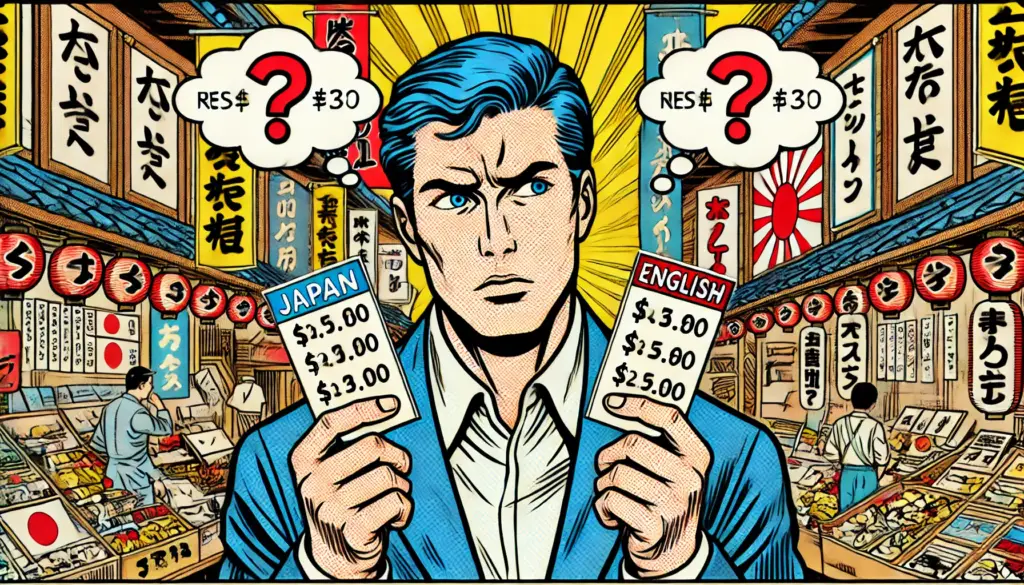
In recent months, Japan has found itself at the center of a fierce debate: Should tourists from overseas pay more than locals for the same attractions and services? As cities like Kyoto and Kamakura struggle with the overwhelming effects of overtourism, a growing number of voices are advocating for the introduction of “foreigner pricing” to offset the burden. But this idea, while economically appealing to some, has ignited concerns about fairness, discrimination, and Japan’s international image.
🎯 Why This Issue Is Emerging Now
With Japan seeing record-breaking tourist numbers in 2024 and 2025—bolstered by a weak yen and the global rebound in travel—many local communities are facing the unintended consequences of their popularity. Public transport congestion, trash buildup, and the erosion of local traditions have pushed municipalities to seek new solutions.
Some regions are now proposing dual pricing, where foreign tourists would be charged higher fees for temples, cultural sites, or even public transportation. The rationale? Tourists don’t pay local taxes but still use local infrastructure, and their presence often necessitates additional crowd control and maintenance.
💰 Examples of Dual Pricing Already Happening
While not yet widespread in Japan, differential pricing is not new globally:
- Thailand has long used dual pricing for national parks.
- Egypt charges foreign visitors significantly more for entry into archaeological sites.
- Italy’s Venice is introducing a reservation and fee system for day-trippers.
In Japan, however, the concept is more controversial. A few locations, such as small private museums or traditional inns, have quietly tested higher fees for foreign visitors, especially during peak seasons. The Nikko area and Mt. Fuji trails are currently considering similar systems more openly.
🔥 The Arguments For Dual Pricing
- Tourism Taxes Without Taxation
Foreign tourists do not contribute to local tax revenue, yet they strain public services. Dual pricing is seen as a proxy “tourist tax” to cover maintenance and environmental costs. - Local Access Protection
Some popular sites are now inaccessible to locals due to overcrowding. Higher prices for tourists could reduce volume and preserve access for residents. - Revenue Optimization
International visitors may have more spending power than locals, particularly when the yen is weak. Some say it’s simply smart business to price accordingly.
⚖️ The Arguments Against Dual Pricing
- Risk of Discrimination Claims
Many critics argue that charging foreigners more for the same experience violates principles of fairness and could tarnish Japan’s reputation as a welcoming country. - Administrative Complexity
Implementing dual pricing systems can be logistically difficult. How do you verify residency? How do you avoid racial profiling? - Damage to the Hospitality Culture
Japan’s famous omotenashi (hospitality spirit) may be undermined if visitors feel unwelcome or exploited. Negative travel reviews can ripple quickly through social media.
🧩 Is It Discrimination or Just Economic Reality?
This is where the debate intensifies. Supporters argue that differential pricing is not based on race or nationality but residency status—akin to student discounts or local discounts found in many countries. Opponents, however, claim that in practice, it often translates into blanket assumptions about appearance or language ability.
Some legal scholars suggest that, unless the pricing structure is based strictly on tax status or verified address, it could be seen as de facto discrimination under international norms—even if it doesn’t violate Japanese law.
🏯 Kyoto and the Symbolism of Overtourism
Few cities exemplify the challenge like Kyoto. With over 50 million annual visitors in recent years, locals have increasingly voiced frustration about packed buses, blocked streets, and the “zooification” of daily life. In response, some have proposed tourist-only buses and even limiting access to certain temples during peak hours.
Dual pricing here is being seriously discussed as part of a broader effort to reclaim the city for residents—though officials tread carefully, wary of international backlash.
🚀 What Could the Future Look Like?
The Japanese government has so far been cautious. The Japan Tourism Agency has encouraged local solutions to overtourism, but it has not endorsed dual pricing as official policy. However, pilot programs may quietly emerge under different names: “donation models,” “preservation fees,” or “voluntary contributions.”
It is likely that some areas will experiment with tiered access, such as offering early access to locals or discounts for residents, rather than overt foreigner surcharges. Technology such as digital passes or residency-linked apps could make this feasible.
🧠 Our Take: A Balancing Act
Japan is at a crossroads. On one hand, tourism is a vital economic engine, especially in rural areas struggling with depopulation. On the other hand, unchecked visitor numbers threaten to damage the very culture and beauty that attract tourists in the first place.
Dual pricing may offer a short-term solution, but it must be handled with transparency, fairness, and a clear communication strategy. If poorly implemented, it risks alienating the very people Japan seeks to welcome.
📌 Key Takeaways
- Japan is debating whether to introduce higher prices for foreign tourists at local attractions.
- Supporters see it as a way to manage overtourism and fund infrastructure.
- Critics warn it could harm Japan’s image and cross into discriminatory territory.
- Kyoto and other hotspots are at the center of this complex and sensitive issue.
- The future may hold more nuanced, tech-enabled approaches rather than blanket price hikes.



















































